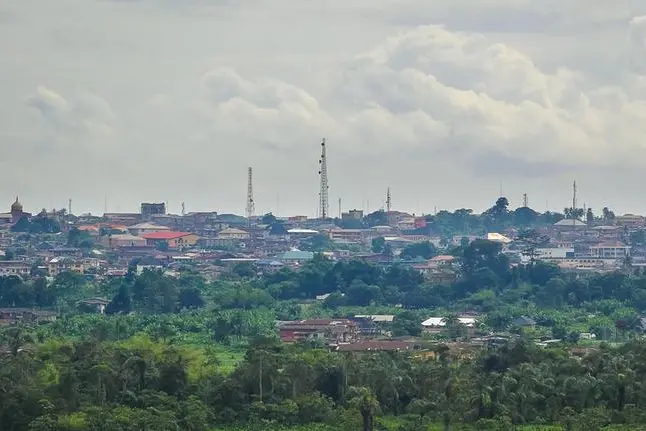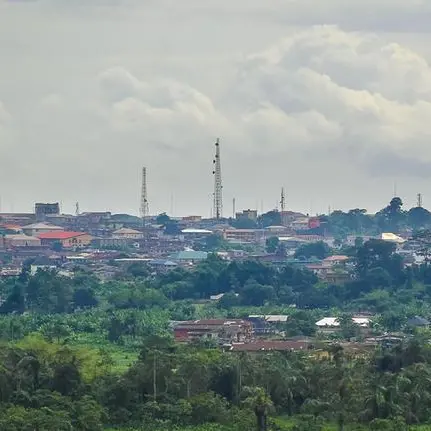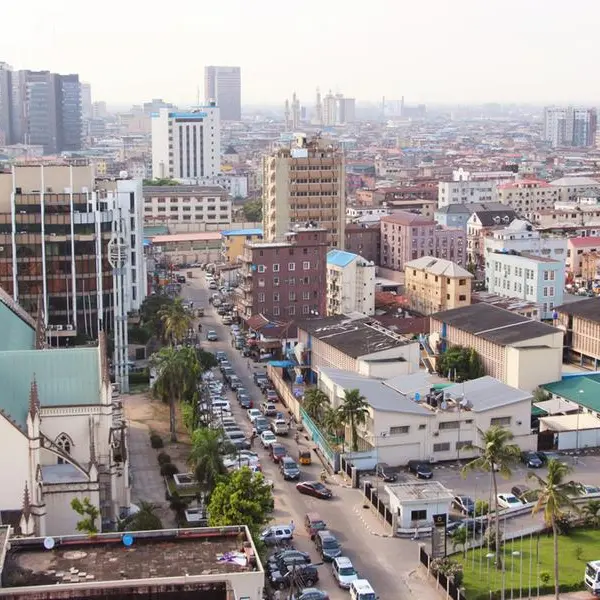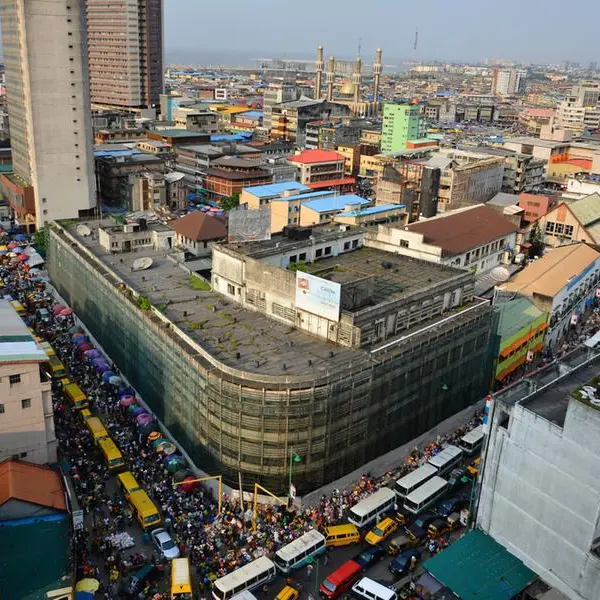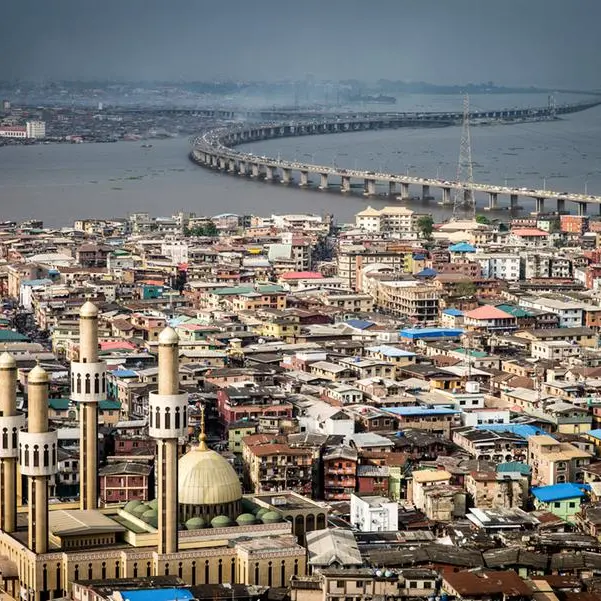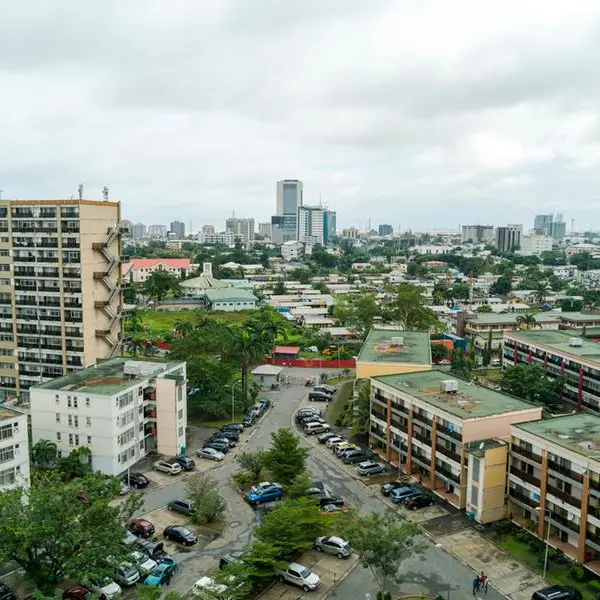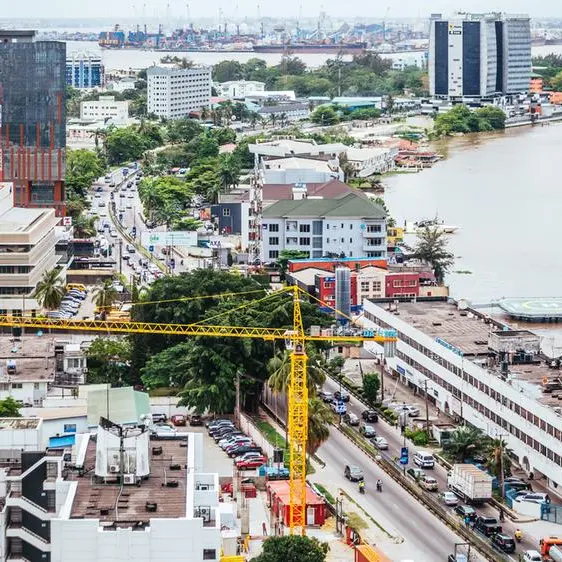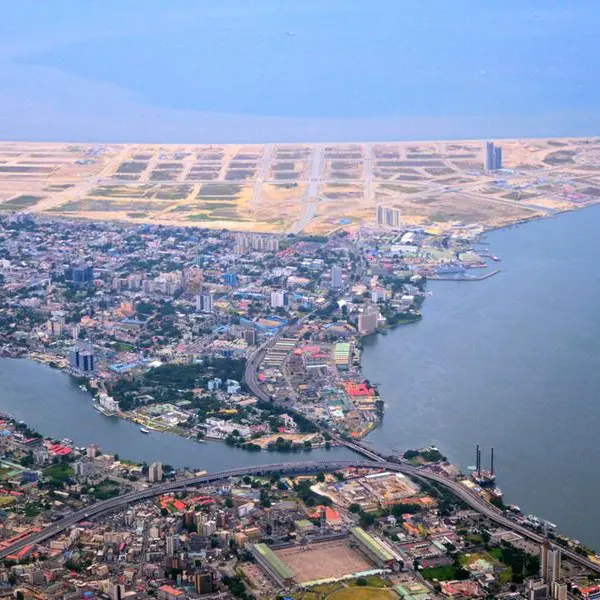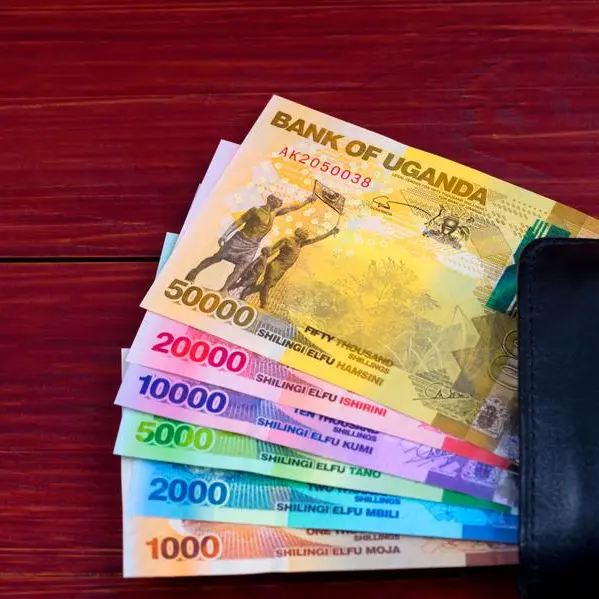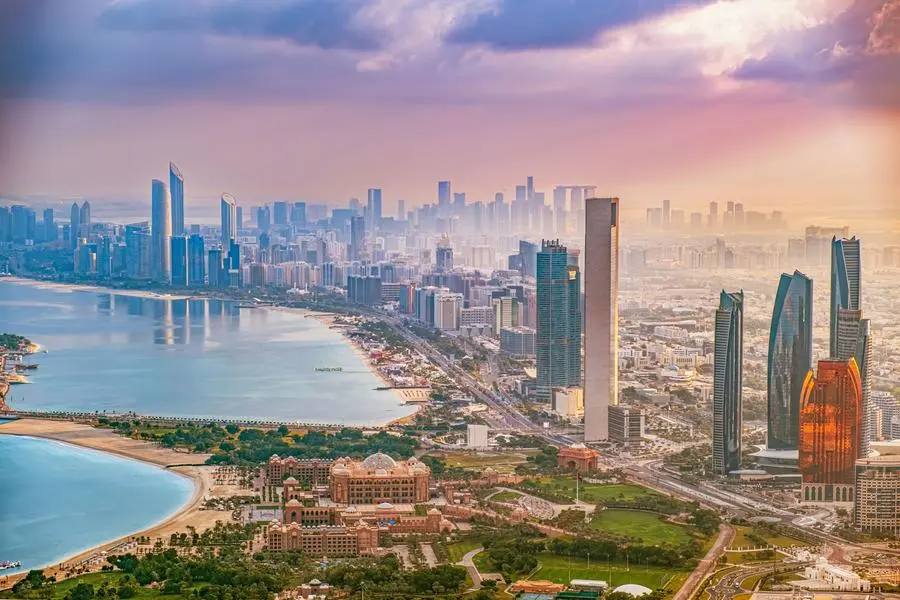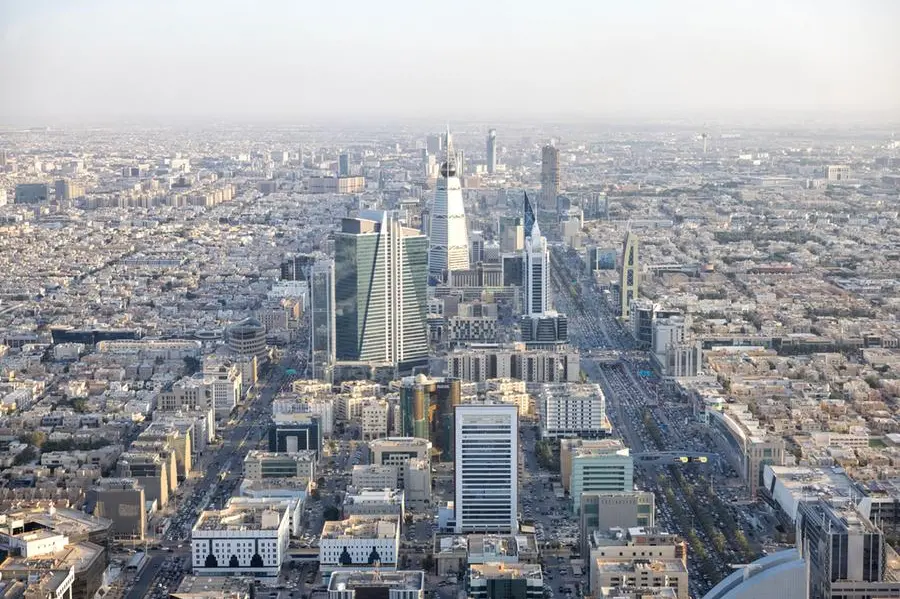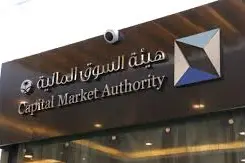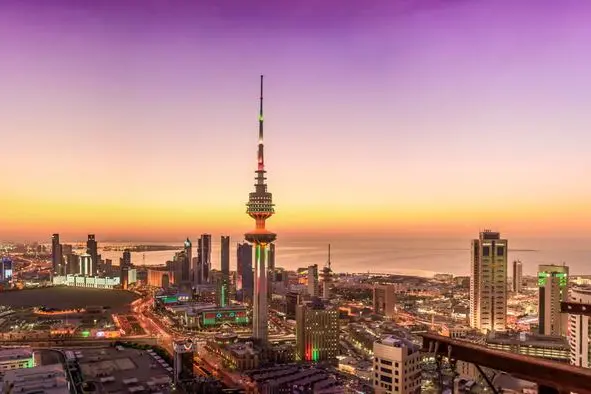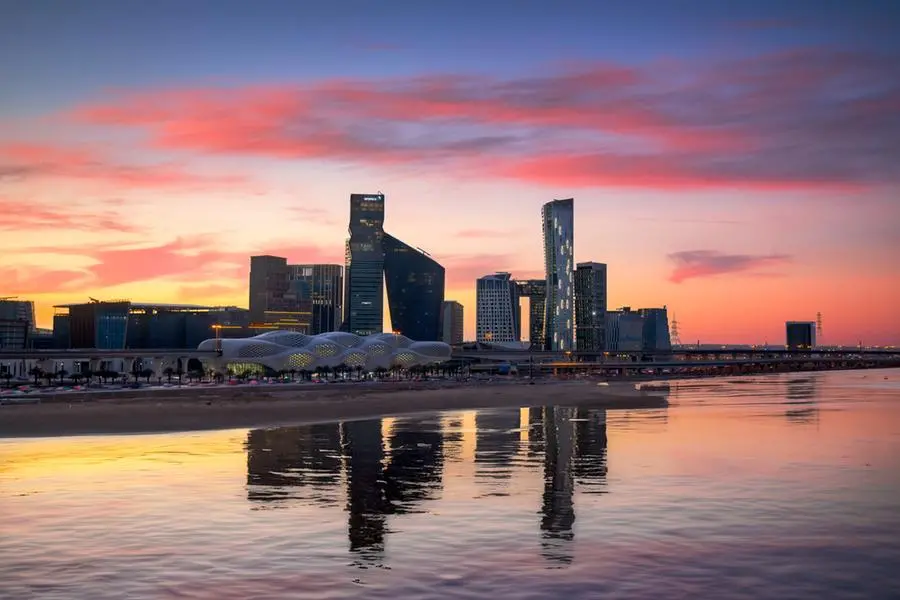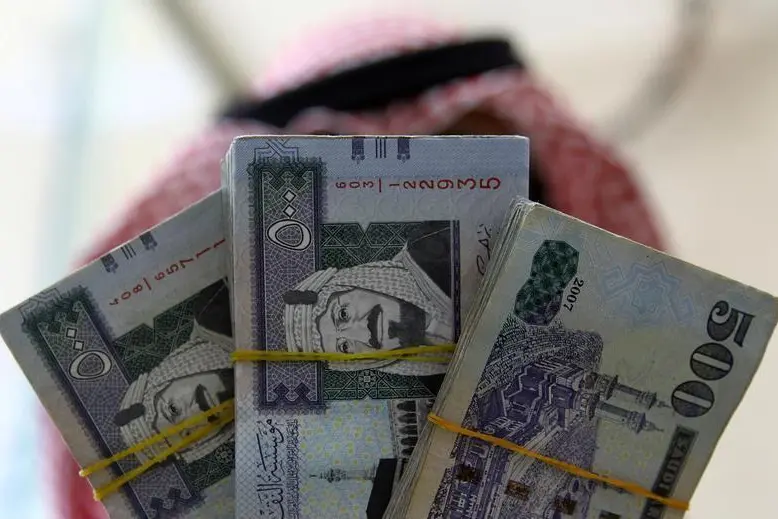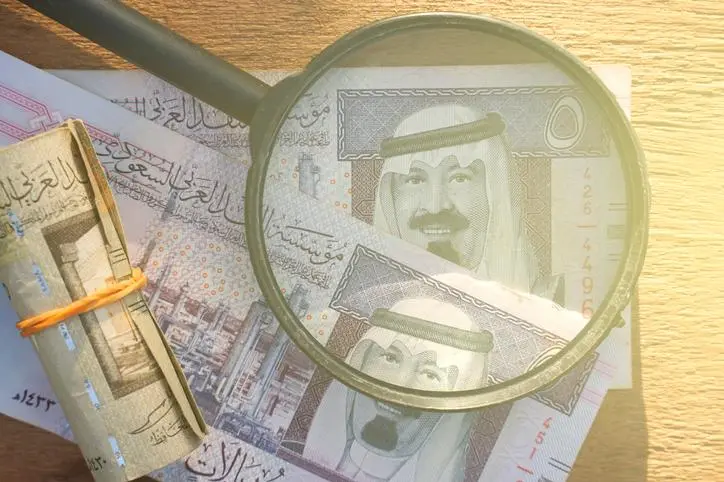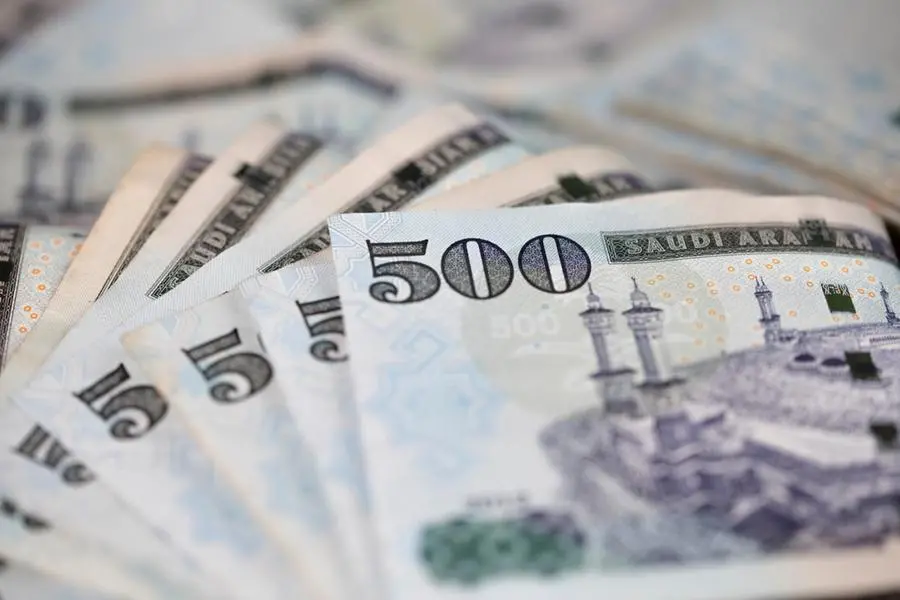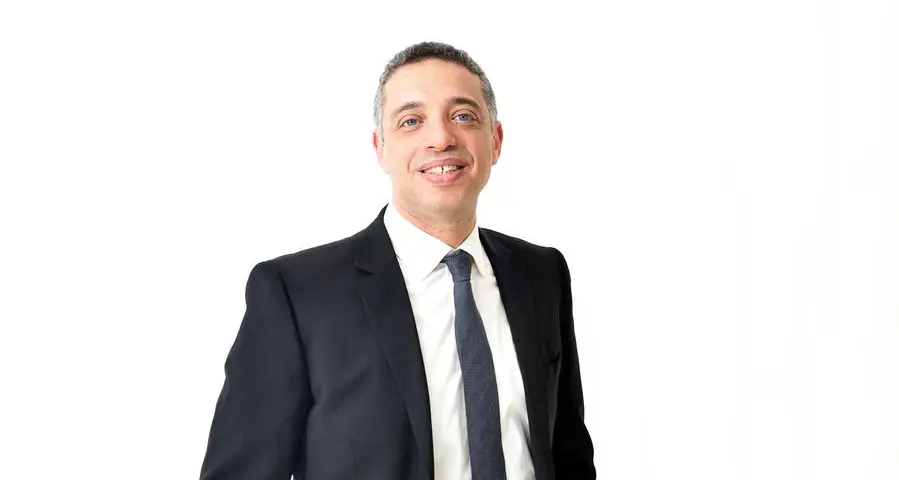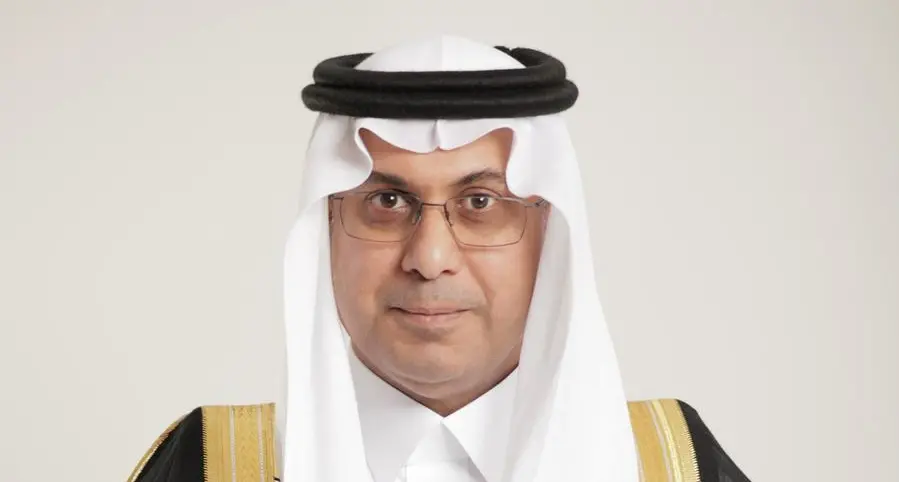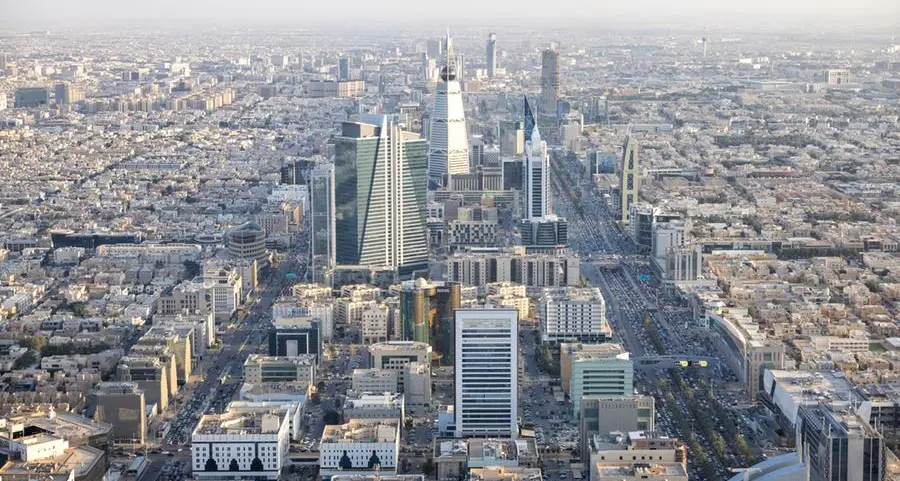PHOTO
A beautiful Landscape of Benin city, Edo state, Nigeria, west Africa. Getty Images Image used for illustrative purpose.
With about 86 percent of Nigerians still without access to electricity, the Federal Government has continued to struggle with bridging the gap with solar mini grids solutions, despite unaffordability and technology limitations.
Despite the government’s various efforts and donor interventions at delivering mini grids to underserved and unserved rural areas across the country, Nigeria, according to Tracking the SDG 7: The Progress Energy Report (2023), is still leading in the least of countries with electricity supply deficit, followed by Ethiopia.
Nigeria has continued to grapple with epileptic power supply from the power grid whose supply is grossly insufficient to serve the country’s population of over 200 million.
Related Posts Niger coup: Immigration, DSS, army on alert as deadline to reinstate Bazoum ends Tinubu’s empathic speech on shared prosperous future Tribune report wins international journalism award
As of 4pm on Saturday, August 5, the country’s total grid installed capacity is 13 gigawatts, generation capacity of 7,653MWs, yet its peak generation has in the last few months, hovered between 3000Mws and a little over 4,000MWs, according to operational data from the system operator in the Nigerian Electricity Supply Industry (NESI).
The government had noted that the current generation is not sufficient to meet electricity customers’ demand, hence the need for mini grids solutions.
From the insufficiency, the country also sells power to international customers like Société Béninoise d’Energie Electrique (SBEE) of Benin Republic, Compagnie Energie Electrique du Togo (CEET) and NIGELEC – electric power generation and transmission utility in Niger.
These international customers have also constantly failed to pay for power consumed. According to the first quarter 2023 report released by the Nigerian Electricity Regulatory Commission (NERC), the customers in question refused to pay the cumulative $16.11 million invoice issued to them.
A breakdown showed that Paras-SBEE owes $3.46 million, Transcorp-SBEE, $3.85 million, Mainstream-NIGELEC, $5.48 million) and Odukpani-CEET, $3.32 million.
Race to bridge demand gap amidst unaffordability, technological limitations
The need to meet the electricity demand, especially in underserved and unserved areas, paved way for the Nigerian Electrification Project (NEP), a private sector-driven initiative of the government which seeks to bridge the energy access deficit through the deployment of mini grid, Solar Home Systems (SHS), captive power plants, among others.
To support the implementation of the NEP, the implementing agency, Rural Electrification Agency (REA), secured financing from both the World Bank ($350 million) and the African Development Bank ($200 million).
Also, last week, the World Bank disclosed plans to fund the construction of 1,000 mini solar power grids in Nigeria in partnership with the government and private sector.
Meanwhile, in June 2023, the Bank had said it was considering supporting NEP with another $750 million grant as the initial $350 million grant ends in August 2023.
Although the number of people without access to electricity in Nigeria decreased by two million each year between 2019 and 2021 as a result of these interventions, according to the Tracking the SDG 7: The Progress Energy Report (2023), the menace still persists.
Experts also opined that in the drive for energy access, affordability and sustainability, alternative energy sources such as solar and wind are faced with technology limitations.
While corroborating this assertion, the Group Chief Executive Officer of the Nigerian National Petroleum Company Limited (NNPCL), Mele Kyari, recently stated that these were still not affordable and cannot meet the high energy demands of industries, cities and remote environments.
He said since the country has adopted gas as its transition fuel, efforts should be placed on expanding gas development and infrastructure across the country to increase energy accessibility.
“Today, Nigeria has about 209.5 trillion cubic feet of natural gas reserves with a potential upside of up to 600 TCF and this is an enormous resource that would drive cleaner and affordable energy vision,” he stated.
Copyright © 2022 Nigerian Tribune Provided by SyndiGate Media Inc. (Syndigate.info).
